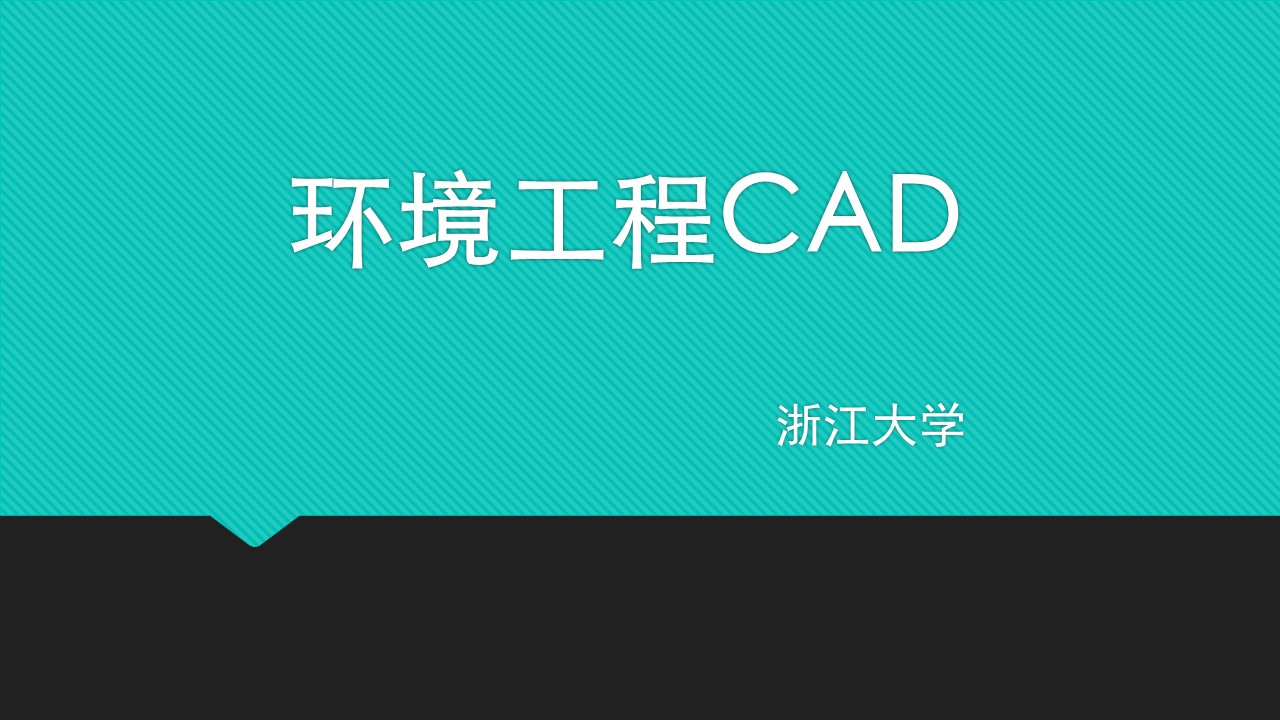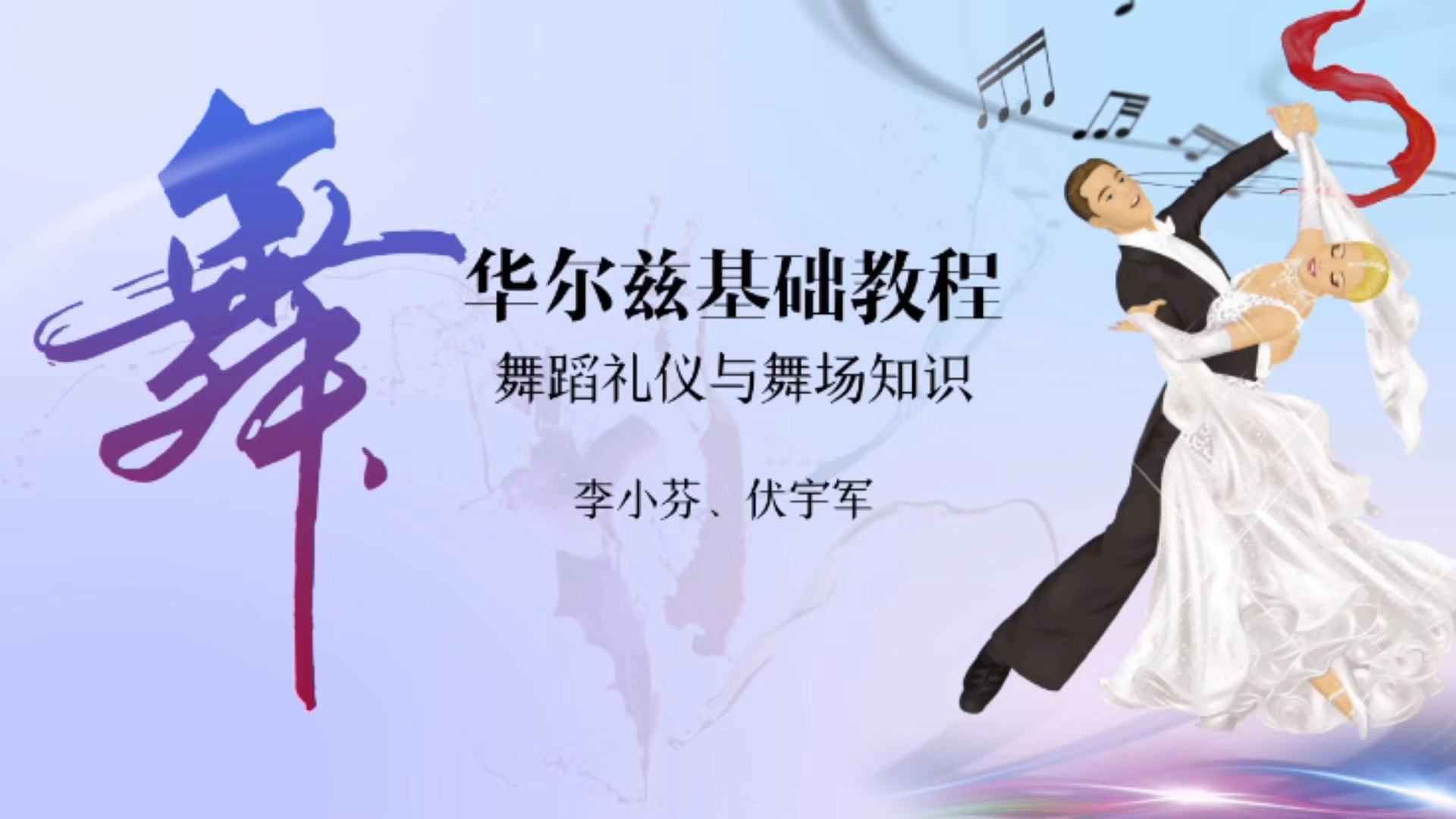
当前课程知识点:Traditional Chinese Medicine > Chapter 5 Etiology and Pathogenesis > Section 2 Pathogenesis of TCM > Pathogenesis of TCM
返回《Traditional Chinese Medicine》慕课在线视频课程列表
返回《Traditional Chinese Medicine》慕课在线视频列表
Hello everyone
For the etiology and pathogenesis of TCM
we have talked about the etiology
which mainly focuses on the external pathogenic factors
and over emotions
as well as some pathological products
For today’s class
we’ll talk about the second part pathogenesis of TCM
Pathogenesis of TCM is the basic law
for the clinical manifestations
development and prognosis of disease
as well as for diagnosis and treatment
The occurrence
development and change of disease
are closely related to the patient’s healthy qi
pathogenic properties
degree of disease and location of disease etc
Western medical system and TCM system
have different pathogenetic views
for western medicine
it is based on the symptoms or signs
lab or instrument examination will be used
to find the focus of infection
then to find the pathogenic changes and the factors
Finally make a diagnosis
For TCM it collects symptoms and signs
by using TCM diagnostic methods
analyzes all the information from the diagnostic process
then infers the pathogenic factors and pathogenesis
Healthy qi can protect our body from the attacking of external pathogenic factors
and the damaging of internal pathogenic factors
When the pathogenic factors attack the human body
the body's healthy qi is bound to rise against the pathogenic factors
forming the conflict between healthy qi and pathogenic factors
People get sick if the conflicting
between the healthy qi and pathogenic factors happens inside the body
Pathogenesis is the process of fighting
If the healthy qi is defeated by the pathogenic factors
which means that the disease is in a bad way
However if the pathogenic factors are defeated by the healthy qi
then the disease is getting better
As a complete medical system
the developing of pathogenesis is based on yin-yang theory
five-element theory
visceral manifestation theory essence qi blood and body fluid
as well as meridian theory
The conflicting between healthy qi and pathogenic factors
is bound to destroy the relative balance of yin and yang
to cause the dysfunction of the zang-fu organs and meridians
or the disturbance of qi and blood
Thus brings about a variety of local or general pathological changes
Although various diseases and complicated clinical manifestations
their changes of pathogenesis in general are inseparable
from the excess or deficiency between the healthy qi and the pathogenic factors
the imbalance of yin and yang or the disorder of qi blood and body fluid
First of all The struggling between the healthy qi and pathogenic factors
The occurrence of a disease is mainly related to two kinds of power
healthy qi and pathogenic factors
and the struggle between them sets the basic ground
where a disease occurs and develops
For the two sides, healthy qi specifically refers to the essence
qi blood and body fluid
while the pathogenic factors
specifically refer to both the external and/or internal pathogenic factors
The struggling between the healthy qi and pathogenic factors
are not only related to the occurrence of a disease
but also directly affects its development and final outcome
Second yin-yang disharmony
Yin and yang should keep balanced in our body
If one side is too strong/weak
the body will fall into ill
In the course of occurrence
development and final outcome of a disease
disharmony of yin and yang will occur under the action of pathogenic factors
resulting in such pathological manifestations
as relative excess or deficiency of either yin or yang
Specifically speaking
the yin-yang disharmony includes the excess of yang
excess of yin deficiency of yang and deficiency of yin
According to the nature of yin and yang
excessive yang will induce excessive heat
which exhibits heat syndrome
excessive yin will induce excessive cold which is called cold syndrome
deficient yang may induce relative cold
which is called deficiency-cold syndrome
deficient yin may induce relative heat
which is called deficiency-heat syndrome
Third disorders of qi and blood
Qi and blood are the material basis
for the physiological activities of zang-fu and meridians
Disorder of qi and blood will
inevitably affect the body's function to cause diseases
Just as the book of Basic Questions says
that the disharmony between qi and blood will result in various diseases
For the qi deficiency condition
it may be induced by reduction of production of qi
or excessive consumption of qi
The patient may have the symptoms
such as lack of spirit
fatigue weakness dizziness
spontaneous sweating pale complexion pale tongue
weak pulse etc
The Chinese herbs can be used
like Bu Zhong Yi Qi Decoction
to tonify the qi and relieve the symptoms
Except for qi deficiency
the activity of qi may be disturbed due to disturbance in its movements
This can induce pathological changes
such as qi stagnation
qi counterflow qi sinking
qi blockage and qi collapse
Furthermore the disorder of qi activity may bring
about various symptoms
For example qi stagnation
has the symptoms like hypochondriac pain
belching depression irritability and so on
Si Ni Powder or Xiao Yao Pill can be used to smooth
the liver and regulate qi
The disorder of blood includes blood deficiency
and disorder of blood movement
Blood deficiency caused by deficient production
and over consumption of blood
It may produce the symptoms
such as amnesia pale complexion dry skin etc
This can be improved by using the Chinese herbs such as Gui Pi Pill
Disorder of blood movement includes the accelerated
blood circulation and blood stasis
In our clinical practice
blood cold and blood stasis are two most common types
for treating blood cold
Wen Jing Decoction can be selected to warm the blood
while Si Wu Decoction can be selected to promote
the circulation of blood then to improve all the symptoms
Fourth disorders of body fluid
The metabolism of body fluid is essentially
the processes of continuous production
distribution and excretion of body fluid
The disorder of body fluid includes deficiency of body fluid
and disorder of distribution and excretion of body fluid
Body fluid belongs to yin
having the function to nourish the organs tissues and skin
The deficiency of body fluid maybe caused
by over consumption or deficient production
It can induce relative heat having the symptoms like dry mouth
eyes and skin insomnia and dreaminess red tongue and rapid pulse
Zhi Bai Di Huang Pill is usually selected to nourish yin and remove heat
For the disorder of distribution and excretion of body fluid
If the circulation of fluid is slow or stagnated
the internal dampness generates and results
in phlegm and fluids retention or even leads to edema
For this condition we usually use Chinese herbs to tonify spleen
since spleen is the key organ to maintain the normal metabolism of body fluid
OK we just talked about the pathogenesis of TCM
and now if you find some people may get sick
while others may not
after experiencing a sudden weather change
at the same time
The reason is the difference of their healthy qi
So that’s all for today
I’ll see you in next class
-Section 1 General Introduction
--General Introduction
-Section 2 Basic Characteristics of TCM
--Basic Characteristics of TCM
--Basic Characteristics of TCM
-Section 1 Unity of Qi
--Unity of Qi
-Section 2 Yin-Yang Theory
--Yin-Yang Theory
-Section 3 Five-Element Theory
--Five-Element Theory
-Section 1 Overview of Visceral Manifestation
--Overview of Visceral Manifestation
--Overview of Visceral Manifestation
-Section 2 Five Zang Organs
--Five Zang Organs
-Essence, Qi, Blood and Body Fluid
--Essence, Qi, Blood and Body Fluid
--Essence, Qi, Blood and Body Fluid
-Section 1 Etiology of TCM
--Etiology of TCM
-Section 2 Pathogenesis of TCM
--Pathogenesis of TCM
-Section 1 Inspection of Tongue
--Inspection of Tongue
-Section 2 Pulse Taking
--Pulse Taking
-Section 1 Syndrome Differentiation
--Syndrome Differentiation
-Section 2 Therapeutic Principles and Methods
--Therapeutic Principles and Methods
--Therapeutic Principles and Methods
-section 1 four natures and five flavors
--four natures and five flavors
--dicussion of four natures and five flavors
-section 2 four directing actions of chinese medicinal herbs
--four directing actions of chinese medicinal herbs
--discussion works
-section 3 compatibilities of chinese medicinal herbs
--compatibilities of chinese medicinal herbs
--discussion works
-section4 diaphretics
--works
-section5 Interior Warming Chinese Medicinal Herbs
--Interior Warming Chinese Medicinal Herbs
--works
-section6 restorative Chinese Medicinal Herbs
--Restorative Chinese Medicinal Herbs
--works
-section 1 general intorduction of prescription
--general intorduction of prescription
--discussion works
-section 2 Prescriptions for Relieving Exterior Syndromes
--Prescriptions for Relieving Exterior Syndromes
--works
-section 3 prescription for Warming the Interior
--prescription for Warming the Interior
--discussion works
-section4 tonic prescription--Prescriptions for invigorating qi
--tonic prescription---Prescriptions for invigorating qi
--discussion works
-section5 tonic prescription--prescriptions for nourishing blood and nourishing yin
--prescriptions for nourishing blood and nourishing yin
--discussion works
-section6 peptic prescription
--discussion works
-Section 1 Cold
--Cold
--Cold
-Section 2 Headache
--Headache
--Headache
-Section 3 Stomachache
--Stomachache
-Section 4 Insomnia
--Insomnia
--Insomnia

